A pair of patent applications published Thursday offers hints about how Apple's rumored location-tracking tag devices, dubbed "Apple Tags" or "AirTags" by leakers, will function.
Apple's applications for "Multi-Interface Transponder Device - Altering Power Modes" and "Multi-Interface Transponder Device - Power Management" were filed with with the U.S. Patent and Trademark Office and detail the basic functionality of a location tracking device, or tag, alongside a host handset or tablet.
In particular, the filings concentrate on the operational aspects of a multi-interface transponder (MIT) device, including connectivity, communication with nearby electronics, and power affordances, among other features. Notably, the patents outline special power management features like intelligently boosting beacon transmission rates depending on determined location and proximity to nearby devices.
At its core, the MIT device is described as a small, portable electronic with a rudimentary processing element, light and motion sensors, radio stack and power core. The product can be attached to common objects like wallets, keys and IDs for position tracking purposes. In short, the tag is able to connect with a host or other compatible device to assist in the location of a lost item.
According to Apple, current location-tracking solutions suffer from a number of disadvantages, not the least of which is a traditional reliance on near field communications. Long-range communications technologies are typically expensive, require sophisticated circuitry and power hungry, not a good combination for a highly portable tag device. Existing low-power products tap NFC or similar radio tech that functions only when in close proximity to a user, thereby limiting their utility.
Apple proposes an updated MIT device that relies on ultra-wide band (UWB) radios and smart power management to overcome the shortcomings of current industry standard technology. In addition, the position of a tag can be updated on the backend by non-companion devices, including those not owned by or associated with a user's cloud account. Such a solution for iOS and Mac devices was introduced in an update to Find My that rolled out with iOS 13 and macOS Catalina.
As described in the filing, Apple's positional tag incorporates a system-on-chip processor, a connector for data transfer and charging, integrated power supply and communications circuitry. Alternative embodiments allow for signaling hardware like lights, speakers and vibratory modules for haptic feedback. Supported communications technologies include UWB, Bluetooth/Bluetooth LE, and LP/ULP. Optional configurations cover more power intensive protocols such as Wi-Fi and cellular.
Power management is key to Apple's solution. Depending on the situation, the tag can operate in a range of power modes, from ultra-low power to ultra-high power. For example, the MIT device can remain in an ultra-low power mode until it strays from a host device or is otherwise triggered by data from internal sensors. It can also receive a wake-up signal from a neighboring device, such as an iPhone pinging a lost tag.
When moving to a higher power mode, the tag increases beacon transmission and incoming instruction reception rates over various radio protocols including, but not limited to UWB.
Interestingly, in some embodiments the tag might delay or forego transitioning to a high-power output mode if it is determined to be in a "safe zone," such as a user's home, workplace, friend's home or other frequented location. Likewise, tags might stay in low-power mode if onboard sensors detect movement similar to that experienced by a companion device, suggesting both items are with the user.
Conversely, tags may rapidly switch from low-power to high-power modes if it determines — or is notified — that it is entering a "danger zone." For example, the device will in some cases ramp up power when a train is coming to a stop, when a user exits their car or a plane comes to rest, all situations in which a user might actively search for an item inadvertently left behind.
If the MIT device determines it is lost, whether based on lack of communication with a host device or updated location information passed to the cloud by nearby non-companion devices, it enters a so-called "lost mode." During this period, the tag alters power output to increase the chances recovery. In some embodiments, beacons are transmitted at a higher rate during the day — as determined by an onboard light sensor — when the tag is more likely to be spotted by a passing device. Alternatively, transmission rates and power might increase as the duration of time increase.
Apple notes that tag logic adjusts transmission decisions based on time since last contact with a companion device. When that time period is short, perhaps hours, transmission rates and power ramp up may be aggressive, while longer periods of no contact might result in slow transmission patterns that allow for months of battery life.
An MIT device can in some embodiments poll onboard motion sensors to determine whether it has been found, at which point it will cease broadcasting and enter an ultra-low power mode. Alternatively, a companion device might instruct the tag to activate a high-power interface like UWB to pinpoint its location.
When discovered, a companion device may display a location interface that takes the form of an augmented reality environment or map. This UI can include positional indicators such as arrows, dots, circles and other onscreen graphics that vary in size, shape, color and intensity to assist in the location of a lost tag. Previous reports citing internal iOS builds note balloons and other AR graphics could be used as tag indicators.
Further embodiments allow for the MIT device to serve as a monetary vehicle, storing payments data or bank or credit card account information in the form of a secure, standalone "tap to pay" device complete with Apple Pay integration. The patents also mention using the tag as a form of identification with user tracking capabilities. Finally, the device might see use in a group setting to track the location of communal objects like sports equipment, the patents read.
Apple is widely rumored to introduce an "AirTags" system this year. Code relating to the operation and handling of Tile-like location tracking devices was discovered in a private iOS build more than a year ago, prior to the launch of iOS 13. While rumblings surrounding "AirTags" have largely given way to hardware leaks related to Apple's cyclical iPhone refresh, the tracking solution could launch at an "iPhone 12" event expected this fall.
Apple's "AirTags" patent application was filed for in February 2019 and credits James H. Foster, Marlene Nilsen and Paul G. Puskarich as its inventors. Of note, the IP appears to have originated from the tech giant's UK offices.
 Mikey Campbell
Mikey Campbell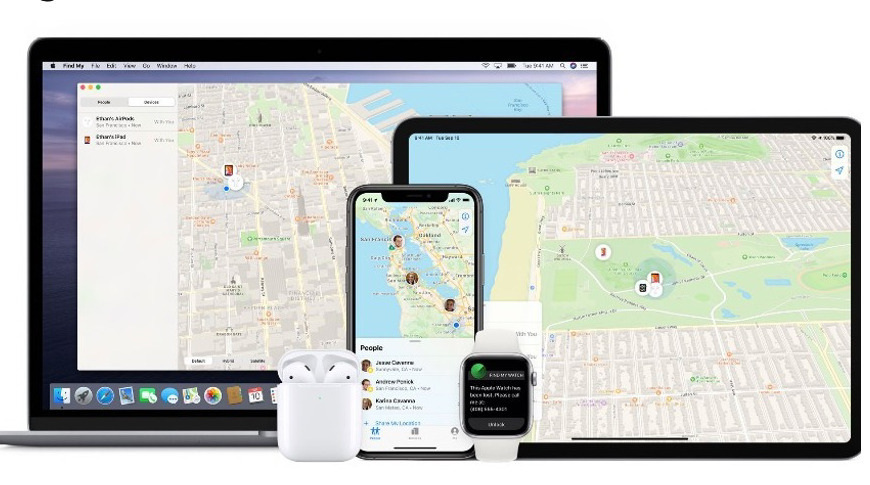
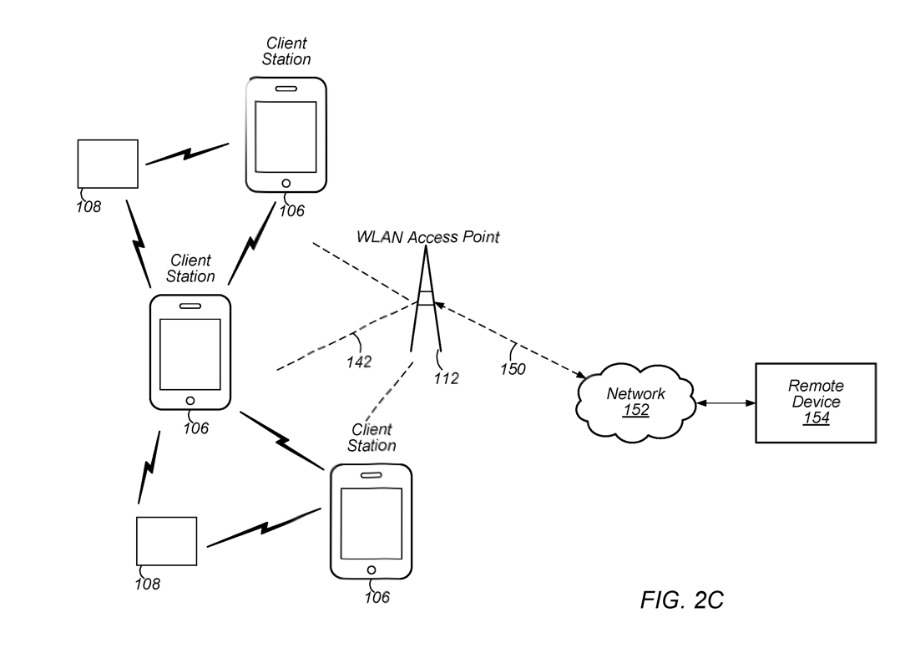







-m.jpg)






 William Gallagher
William Gallagher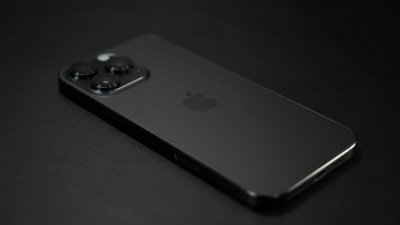
 Wesley Hilliard
Wesley Hilliard

 Christine McKee
Christine McKee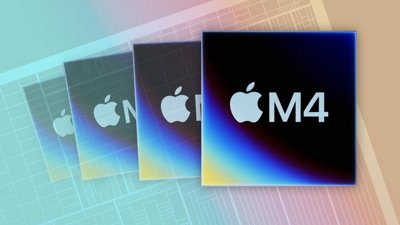
 Malcolm Owen
Malcolm Owen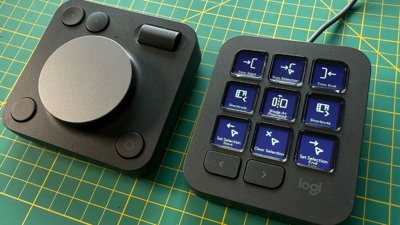

 Andrew Orr
Andrew Orr




-m.jpg)




6 Comments
AirTags seem to be an exciting product and I can think of multiple applications for it. Tracking my bike, boat or other stuff and using the Apple ecosystem to track and trace is awesome.
If they had been invented in Apples’s Canadian offices then they would have been called EhTags.
Incoming in 5..4..3..2..1..0 Another slew of lawsuits. Apple should realise that you can't use the word Computer or Network in any Patent filing. There are patent trolls out there who seem to think that they have existing patents on anything and everything that includes those words. :) :) :) :wink: IANAL and all that stuff.
Like it. Want it. (A bunch of them.)
Hurry up.